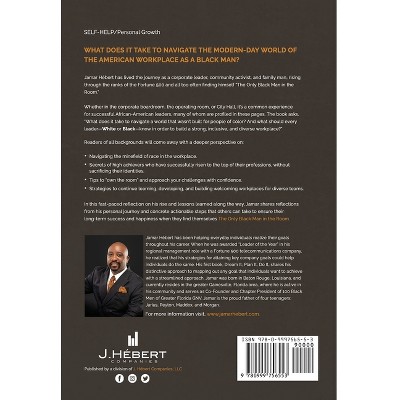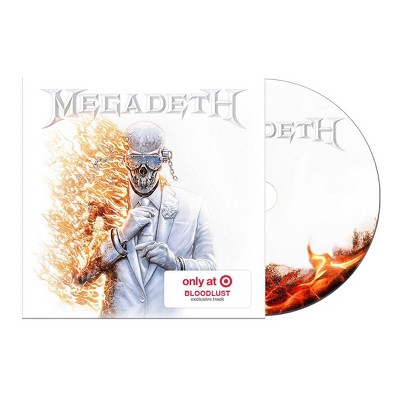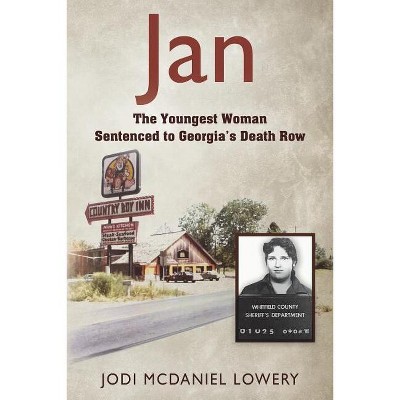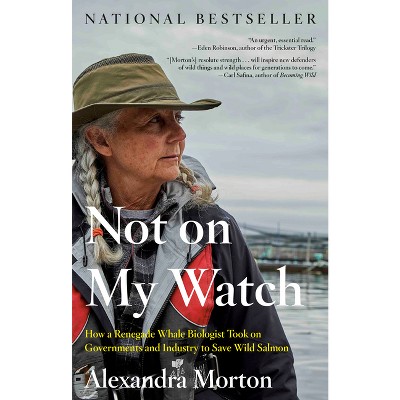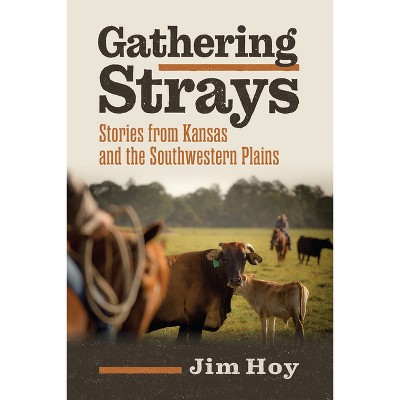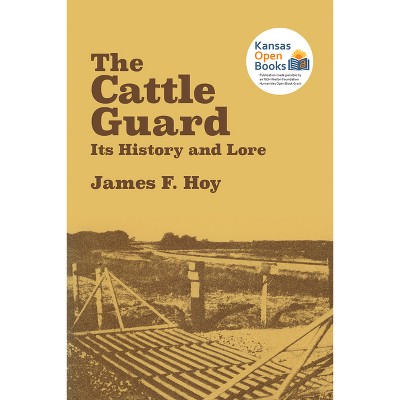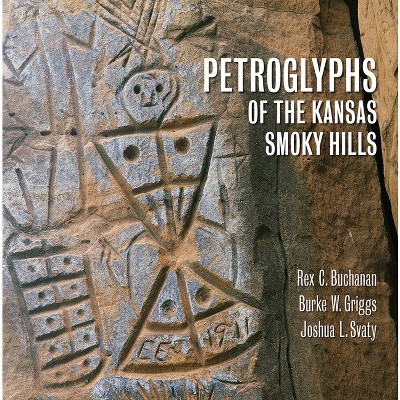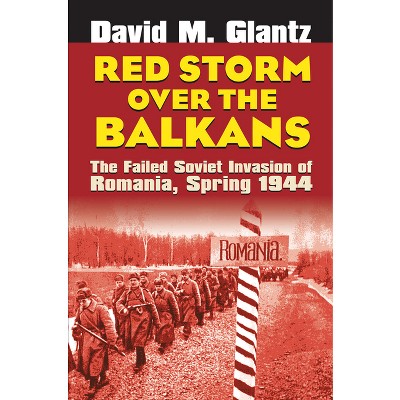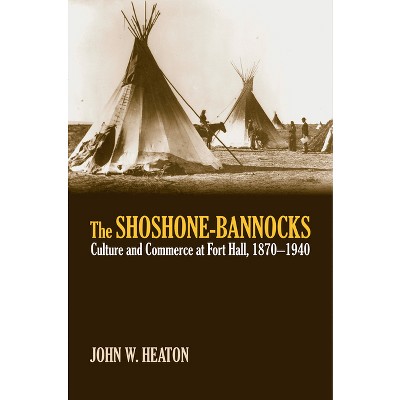Sponsored

Flint Hills Cowboys - by Jim Hoy (Paperback)
In Stock
Sponsored
About this item
Highlights
- The Flint Hills are America's last tallgrass prairie, a green enclave set in the midst of the farmland of eastern Kansas.
- Author(s): Jim Hoy
- 332 Pages
- History, United States
Description
Book Synopsis
The Flint Hills are America's last tallgrass prairie, a green enclave set in the midst of the farmland of eastern Kansas. Known as the home of the Big Beef Steer, these rugged hills have produced exemplary cowboys--both the ranch and rodeo varieties--whose hard work has given them plenty of material for equally good stories. Jim Hoy grew up in the Flint Hills on a ranch at Cassoday that's been in his family for five generations and boasts roots "as deep as those of bluestem grass in black-soil bottomland." He now draws on this area's rich cowboy lore--as well as on his own experience working cattle, breaking horses, and rodeoing--to write a folk history of the Flint Hills spanning a century and a half. Hoy blends history, folklore, and memoir to conjure for readers the tallgrass prairies of his boyhood in a book that richly recalls the ranching life and the people who lived it. Here are cowboys and outlaws, rodeo stars and runaway horses, ordinary folks and the stuff of legends. Hoy introduces readers to the likes of Lou Hart, a top hand with the Crocker Brothers from 1906 to1910, whose poetic paean to ranch life circulated orally for fifty years before seeing print. And he tracks down the legend of Bud Gillette, considered by his neighbors the world's fastest man until he fell in with an unscrupulous promoter. He even unravels the mystery of a lone grave supposed to be that of the first cowboy in the Flint Hills. Hoy also explains why a good horse makes up for having to work with exasperating cattle--and why not all horses are created (or trained) equal. And he traces Flint Hills cattle culture from the days of the trail drive through the railroad years to today's trucking era, with most railroad stockyards torn down and only one section house left standing. Writes Hoy, "I feed on the stories of the Hills and the characters who tell them as the cattle feed on the grasses." His love of the land shines throughout a book so real that readers will swear they hear the click of horseshoes on flint rock with every turn of the page.Review Quotes
The Flint Hills are my home country, the land that nurtured my life and nourished my soul. My roots here are as deep as those of bluestem grass in black-soil bottomland. . . . I was reared among cattle and horses, ranchers and cowboys, pasture work and rodeos, and that is the Hills that I know and these are the stories I've heard.--Jim Hoy, from the Introduction
"The Flint Hills are rife with the lore, legend, and reality of cowboy life, and no one's better suited to tell the tales than Jim Hoy. . . . Reading him is akin to sitting at a nearby restaurant and listening to the locals introduce an out-of-town guest to their community in the most amusing, appealing way possible."--Western Horseman
"This is a very personal, often passionate volume, presented by a consummate storyteller whose roots run as deep in the Flint Hills as the prairie grasses and whose sense of humor is as delightful as the prairie flowers. Anyone wanting to understand our rich Kansas heritage must read this book."--Wichita Eagle
"A truly delightful collection of well told tales."--Manhattan Mercury
"There is a rich lode of cowboy lore in this Kansas outback, and Hoy mines it well. He writes about rodeos and outlaws, the local cattle and horse culture and great legends. . . . Readers will hear the click of horseshoes on flint rock with every turn of the page."--Lincoln Journal Star
"There are only a few cowboy-scholars of the Great Plains who manage to wear the Stetson and the mortar board with equal grace. E.E. Dale comes to mind, and now, thanks to Flint Hills Cowboys, so does Jim Hoy. Writing from roots. Grounded. Real."--Thomas D. Isern, coauthor of Plains Folk and Kansas Land


